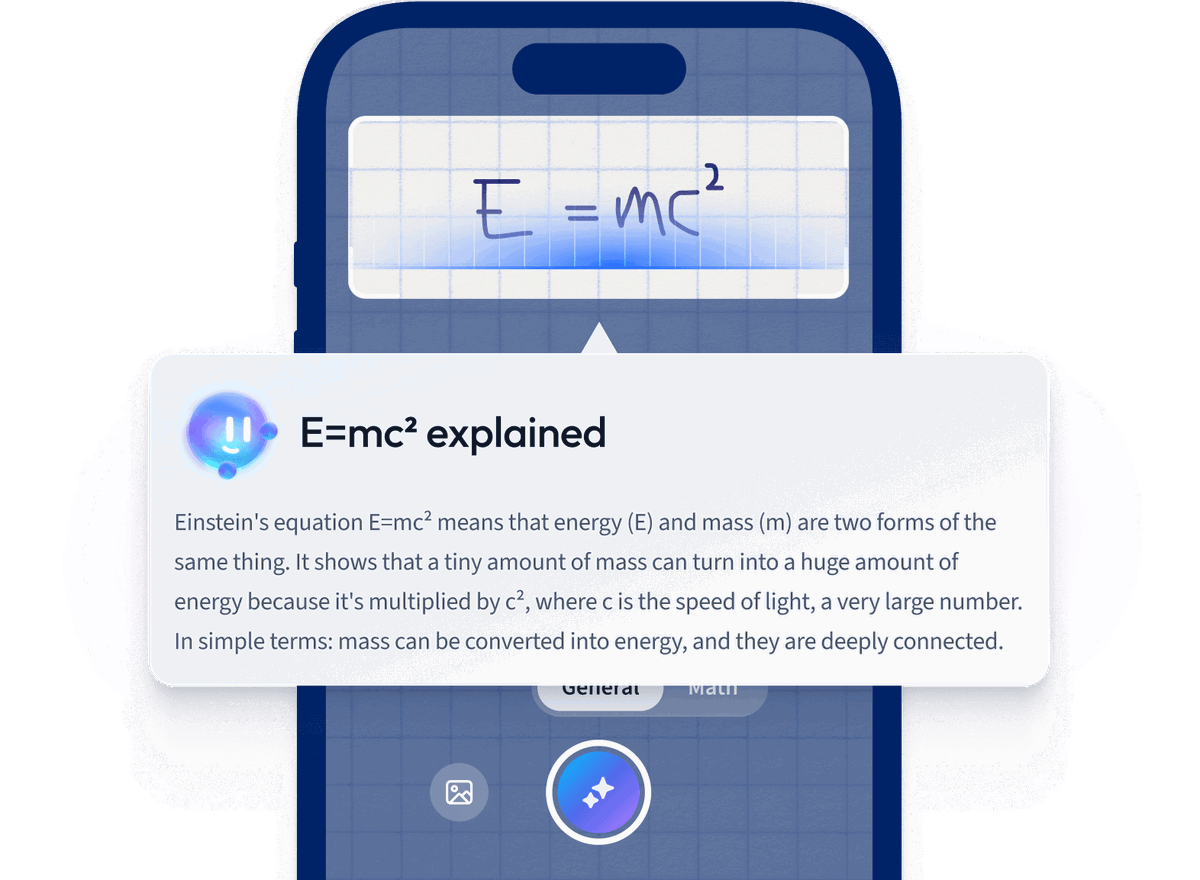Definition of Jim Crow
Jim Crow, as a general term, refers to the customs of discrimination and segregation that pervaded the South following the end of slavery in the United States. In this explanation, we will be focusing on Jim Crow laws which were a collection of state and local laws that essentially legalized discrimination and segregation.
Origins of Jim Crow Laws
Let's begin with the origins of Jim Crow laws.
Origins of Jim Crow Laws: The Jim Crow Character
 Fig. 1 - depiction of Jim Crow
Fig. 1 - depiction of Jim Crow
In the 1830s and 40s, an internationally popular minstrel performer, Thomas Dartmouth Rice often portrayed a character he named Jim Crow. Rice would wear blackface and act like a fool while speaking in stereotypical, exaggerated African American Vernacular English. With time, other white performers came to use the name “Jim Crow” for any derogatory portrayal of a Black man.
Minstrel Shows and Blackface
Minstrelsy was a form of theater that originated in the United States in the early 1800s. Often, the comedy of minstrel shows was based on racial stereotypes. White men would paint their faces black and imitate slaves in an extremely derogatory and stereotypical way. This led to perpetuated stereotypes and discrimination against African Americans.
Origins of Jim Crow Laws: The End of Reconstruction
After the Civil War, the Reconstruction Era (1865-1877) began. During the Reconstruction Era, Republicans from the North worked to reconstruct the government of Southern states. Northern politicians also worked on a plan for how Southern states could rejoin the Union. Troops remained in the South to enforce any Reconstruction legislation passed.
The Compromise of 1877 formally ended the Reconstruction Era. The Compromise was between the Northern Republicans and the Southern Democrats. The Southern Democrats would allow Republican Rutherford B. Hayes to win the disputed presidential election of 1876 so long as the troops left the South.
 Fig. 2 - portrait of President Rutherford B. Hayes
Fig. 2 - portrait of President Rutherford B. Hayes
Although Black Codes, laws enforcing discrimination, started to pop up as soon as 1865, once free from the watchful eyes of the North, white Southern politicians began to enact a whole collection of discriminatory laws, all under the umbrella of Jim Crow laws. Jim Crow laws were an attempt to take back the rights granted to African Americans via the Thirteenth, Fourteenth, and Fifteenth Amendments.
Examples of Jim Crow Laws
We know that the Jim Crow laws tried to take the rights away from African Americans, but what did these laws look like across the South? Well, they covered just about every aspect of life, from transportation to child custody. Let’s take a look at a few examples:
In Alabama, all buses stations had to have separate waiting areas and ticket windows for Black and white passengers.
In South Carolina, a white guardian could not give up custody of a white child to a Black guardian.
In Florida, schools for white and Black children had to be separate.
In North Carolina, Black and white men were not allowed to fight side by side and all-black militias were led by white officers.
In Alabama, white female nurses were not allowed to work in hospitals where Black men were treated.
In Mississippi, Black and white prisoners had to have separate sleeping quarters and eating areas.
Although a specific state is mentioned for each example, many of these laws were present in other states as well. There were also laws that led to the disenfranchisement of Black citizens and laws against marriages between Black and white citizens.
The Legality of Jim Crow Laws
The Thirteenth, Fourteenth, and Fifteenth Amendments were supposed to protect the rights of recently freed slaves and ensure equality.
Amendment | Significance |
Thirteenth Amendment | Ended slavery |
Fourteenth Amendment | Declared equal rights for all citizens regardless of race |
Fifteenth Amendment | Declared the right to vote for all male citizens regardless of race |
However, the Jim Crow laws managed to find a loophole with the concept of “separate but equal.”
“separate but equal”
a doctrine that allowed segregation so long as there was equality in conditions
The Legality of Jim Crow Laws: Plessy vs Ferguson
The Supreme Court coined the doctrine of “separate but equal” in Plessy vs Ferguson in 1896. The argument in Plessy vs Ferguson surrounded the legality of Louisiana’s Separate Car Act which required black and white passengers to ride in separate railway cars.
Homer Plessy, a man who was only one-eighth black and appeared white to the eye, sat in a “whites only” railway car in protest. When he informed a train conductor of his race, they asked him to vacate. Plessy was arrested when he refused.
The case went all the way to the Supreme Court with Homer Plessy arguing that the Separate Car Act violated the Fourteenth Amendment which guaranteed equal rights. In a decision that would be overturned decades later, the Supreme Court ruled against Homer Plessy citing the concept of “separate but equal.”
Enforcement of Jim Crow Laws
As we can tell from Plessy v Ferguson, Black citizens were at a disadvantage in the legal system which only made sense as the legal system was filled with white police officers, jurors, and judges. Black citizens who defied Jim Crow laws could face fines, arrests, and jail time.
However, jail time was not the worst fate that could occur for a Black citizen challenging segregation or racial inequality. White violence towards Black citizens was widespread, especially lynchings. It was during this time that the Ku Klux Klan, a white supremacist organization that still exists today, formed and gained a following.
lynchings
a form of murder in which mobs of citizens commit public executions outside of the law, often by hanging
The Origins of Jim Crow - Key takeaways
- The name Jim Crow came from a minstrel character performed by Thomas Dartmouth Rice.
- After the Compromise of 1877, Reconstruction ended, and troops left the Southern states.
- Southern states made Jim Crow laws to disenfranchise Black citizens and strip them of their rights guaranteed by the Thirteenth, Fourteenth, and Fifteenth Amendments.
- The Supreme Court allowed Jim Crow laws to exist because of the doctrine of "separate but equal" coined in Plessy vs Ferguson.
- Black citizens who broke Jim Crow laws could not only face jail and fines, but also violence and death at the hands of white supremacists.
How we ensure our content is accurate and trustworthy?
At StudySmarter, we have created a learning platform that serves millions of students. Meet
the people who work hard to deliver fact based content as well as making sure it is verified.
Content Creation Process:
Lily Hulatt is a Digital Content Specialist with over three years of experience in content strategy and curriculum design. She gained her PhD in English Literature from Durham University in 2022, taught in Durham University’s English Studies Department, and has contributed to a number of publications. Lily specialises in English Literature, English Language, History, and Philosophy.
Get to know Lily
Content Quality Monitored by:
Gabriel Freitas is an AI Engineer with a solid experience in software development, machine learning algorithms, and generative AI, including large language models’ (LLMs) applications. Graduated in Electrical Engineering at the University of São Paulo, he is currently pursuing an MSc in Computer Engineering at the University of Campinas, specializing in machine learning topics. Gabriel has a strong background in software engineering and has worked on projects involving computer vision, embedded AI, and LLM applications.
Get to know Gabriel













